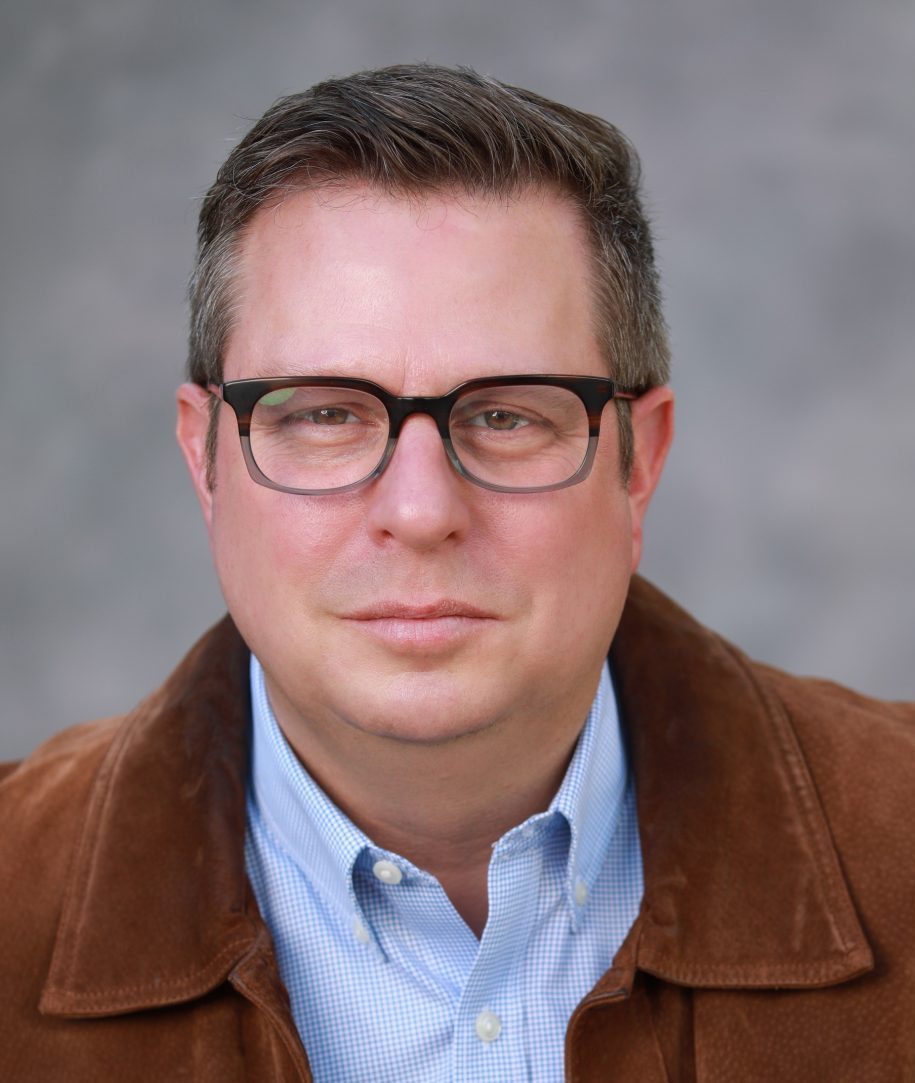During National Youth Substance Use Prevention Month in October, The White House made a proclamation, that in part stated, “We know that delaying substance use until after adolescence, when the brain has fully developed, decreases the likelihood of an individual developing a substance use disorder.” It goes on to state, “Our youth-focused efforts must also account for the fact that poverty, homelessness, trauma, and other childhood experiences affect drug use and the overall health of our Nation’s youth – especially with respect to people of color, who are disproportionately impacted by these factors.” Youth prevention is a complex issue to holistically address that includes education, health care, criminal justice, the faith community and housing systems to help our youth develop the skills, knowledge, and resources to mitigate the likelihood of the onset of the disease of substance use disorders (“SUD”).
An NIH study about alcohol and cannabis use in the developing brain states, “The effects of alcohol use include widespread decreases in gray matter volume and cortical thickness across time; slowed white matter growth and poorer integrity; disrupted network efficiency; and poorer impulse and attention related control, learning, memory, visual spatial processing, and psychomotor speed.”
Overdose deaths soared nearly 30 percent from 2019 to more than 93,000 in 2020, according to preliminary CDC data released in July. This sharp increase is driven by fentanyl. According to the White House, fentanyl and its analogs figured in 62 percent of deaths. Additionally, recent CDC data highlighted that in LA County, there was a 61%+ spike in overdose deaths from March 2020 – March 2021.
A study from the Recovery Research Institute “revealed that adolescents with a history of prescription opioid misuse are more likely to engage in drug use behaviors associated with overdose risk, and an increasing number of adolescents in the U.S. are dying from overdoses that involve both prescription and illicit opioids.” The initiation and experimentation that occurs in adolescents often starts with nonmedical use of prescription opioids which makes them more likely to evolve into the street drug versions of heroin and fentanyl. This study goes on to say, “About 1 out of 7 U.S. high-school students reported lifetime use of nonmedical prescription opioids and history of misuse was associated with a higher rate of heroin and injection drug use.” Conducting school and family based interventions among students who have misused prescription opioids can help subsequent use and escalations to more risky drug use, which reduces the chance of overdoses and deaths. Motivational interviewing techniques like screening, brief intervention and referral to treatment (SBIRT) in healthcare settings can help meet youth where they are without judgement, and reduce the likelihood of adolescents and transitional age youth developing SUDs.
There has been some good news lately about state and federal improvements to access to care and information about SUD recovery:
- CAADPE (California Association of Alcohol and Drug Program Executives) announced that, “Behavioral Health training heads to school. SB 14 (Chapter 672) by Senator Anthony Portantino (D-Glendale), recommends that the Department of Education identify youth behavioral health training that will equip school personnel and students with skills to recognize the signs and symptoms of mental health and substance use disorders, provide knowledge of local resources and services, safely de-escalate crisis situations, and reduce stigma and increase help-seeking behavior.”
- CAADPE also announced that, “SAMHSA announced the establishment of a national Office of Recovery. The launching of the Office of Recovery marks an important milestone in the Recovery movement, one that has been years in the making with recovery advocates and organizations advocating for elevating the importance of recovery and peer recovery support services within the U.S. Department of Health and Human Services. Establishing an office dedicated solely to recovery programming is a necessary step in ensuring sustainable federal resources.”
According to a recent article from the Mayo Clinic, the following are common risk factors for teen drug abuse:
- A family history of substance abuse
- A mental or behavioral health condition, such as depression, anxiety or attention-deficit/hyperactivity disorder (ADHD)
- Impulsive or risk-taking behavior
- A history of traumatic events, such as experiencing a car accident or being a victim of abuse
- Low self-esteem or feelings of social rejection
The article also discusses the consequences, health risks, what are good things to talk to your teen about drugs, red flags, and other strategies to prevent teen drug abuse. The article concludes that, “You’ll likely have multiple conversations with your teen about drug and alcohol use. Choose times when you’re unlikely to be interrupted – and set aside phones. It’s also important to know when not to have a conversation, such as when you’re angry with your child, you aren’t prepared to answer questions, or your child is drunk or high.”
If you are a parent of a teen or have a loved one that is suffering from a SUD, all of the above can be terrifying and worrying. Al-Anon can be a great resource for peer mentoring as it relates to coping with your child or loved one’s SUD and can help give you the tools to walk through the minefield that active addiction can bring. Understanding the mind, body and spirit components of SUD is essential to successfully unpacking the complex and layered process of long-term recovery, but together it is possible.

